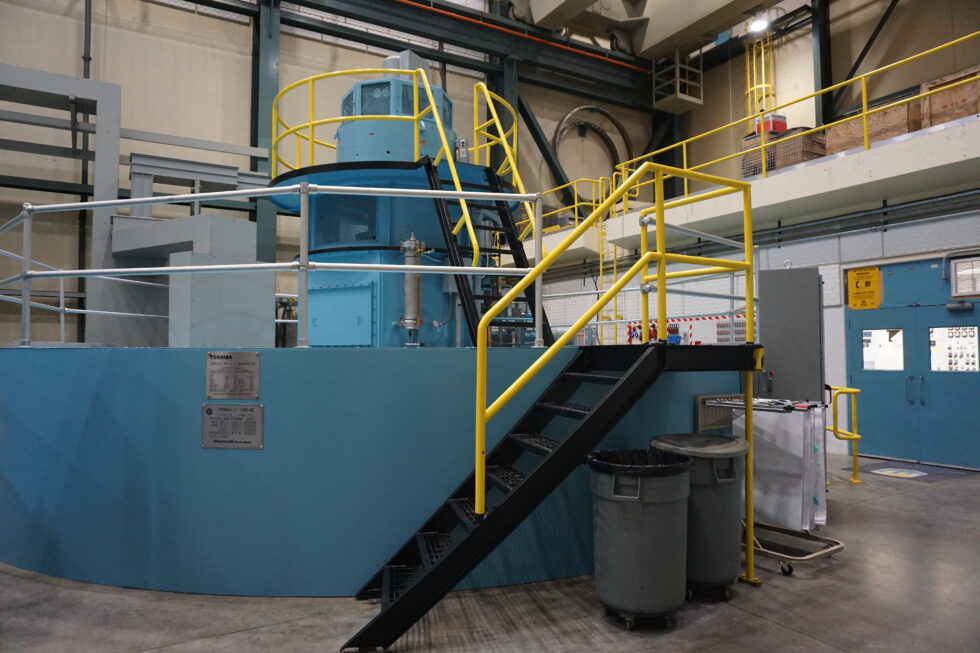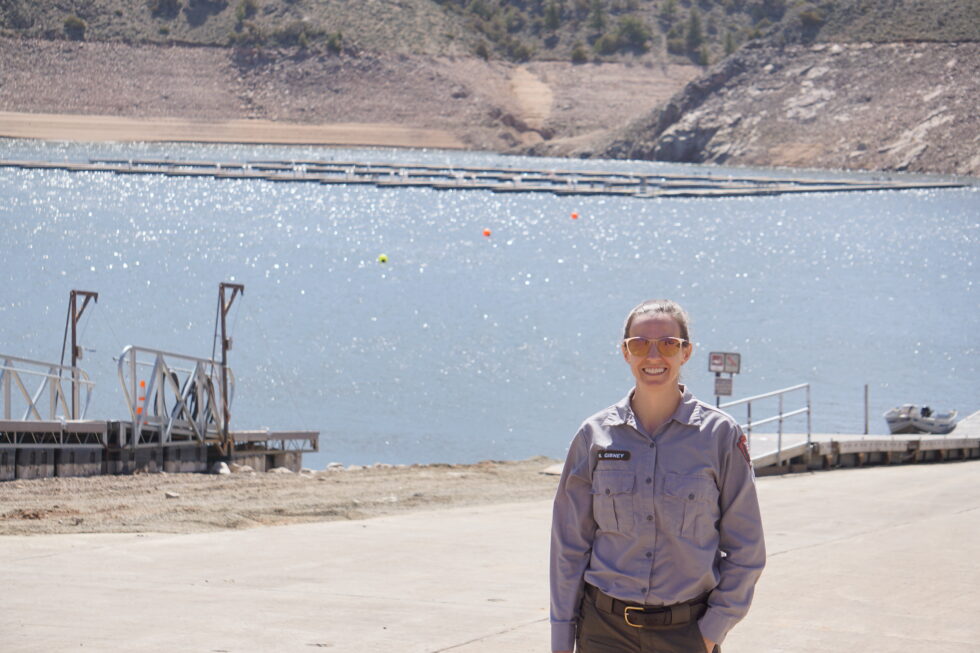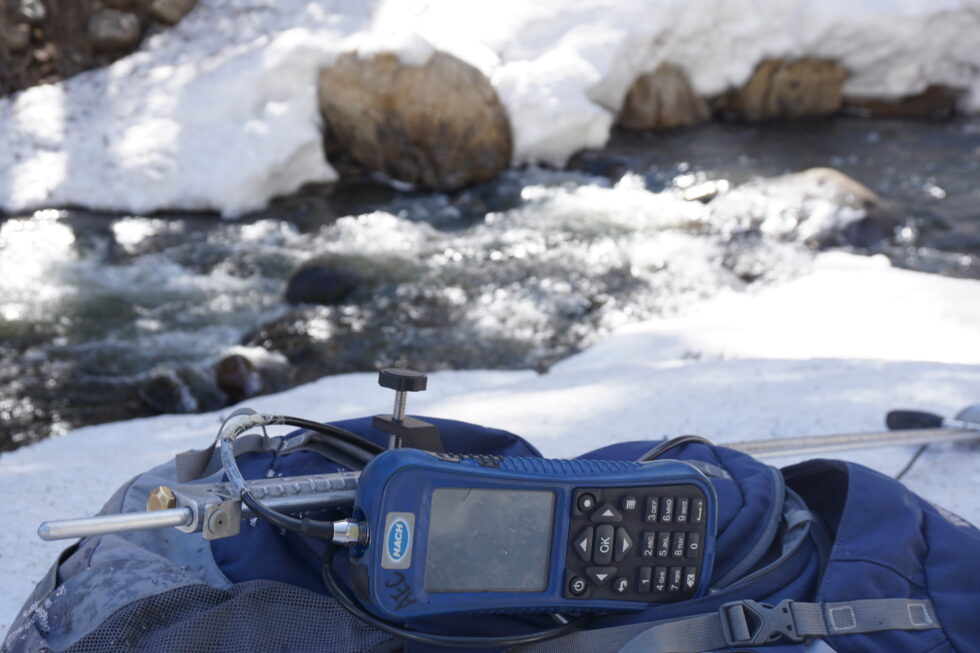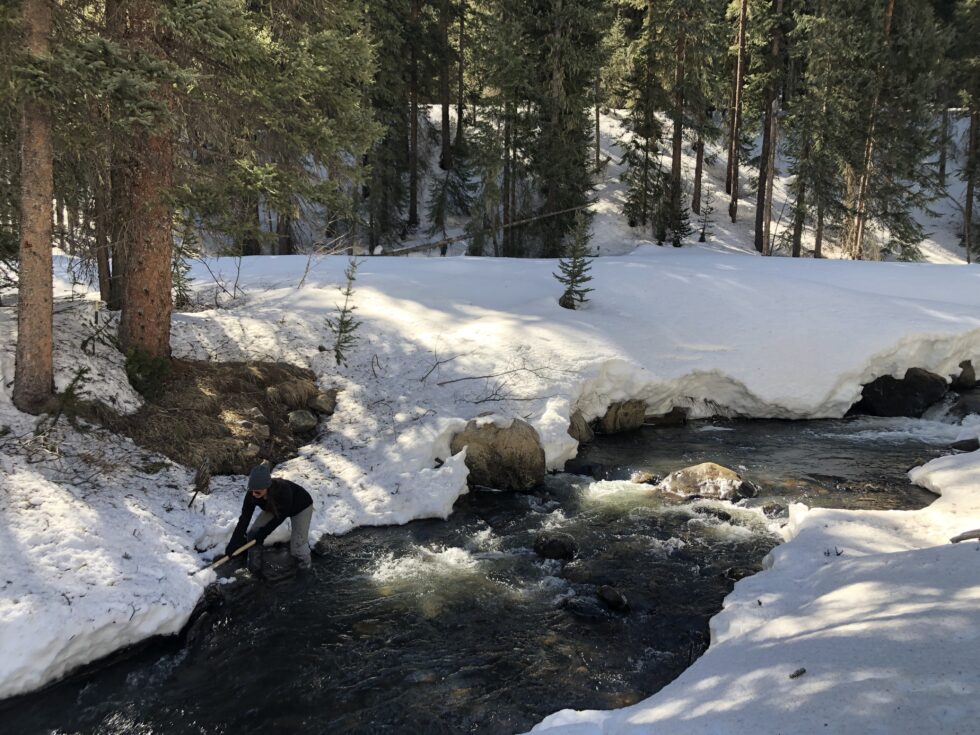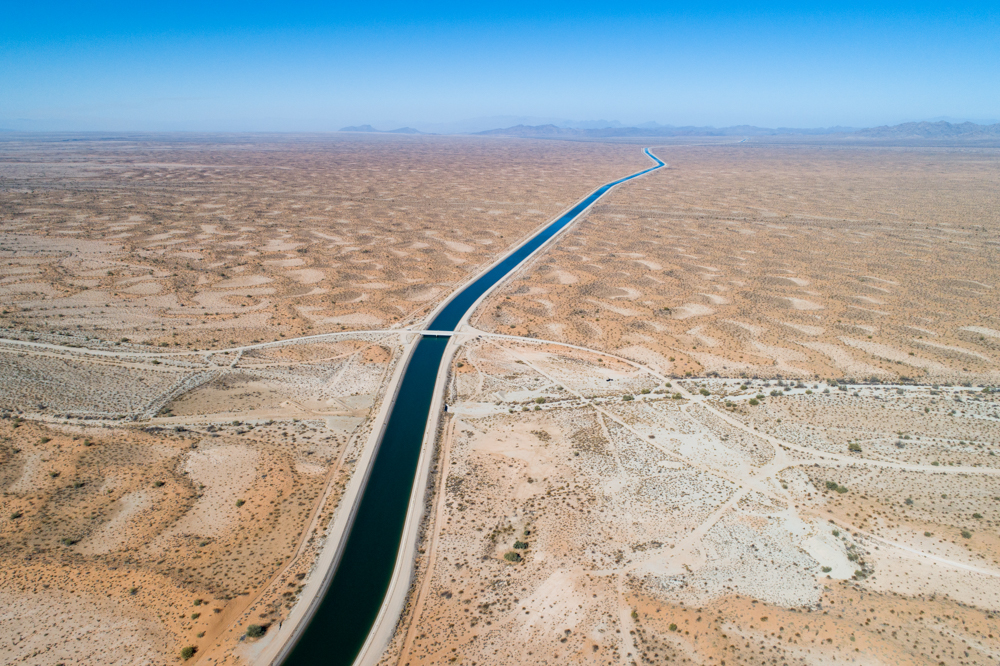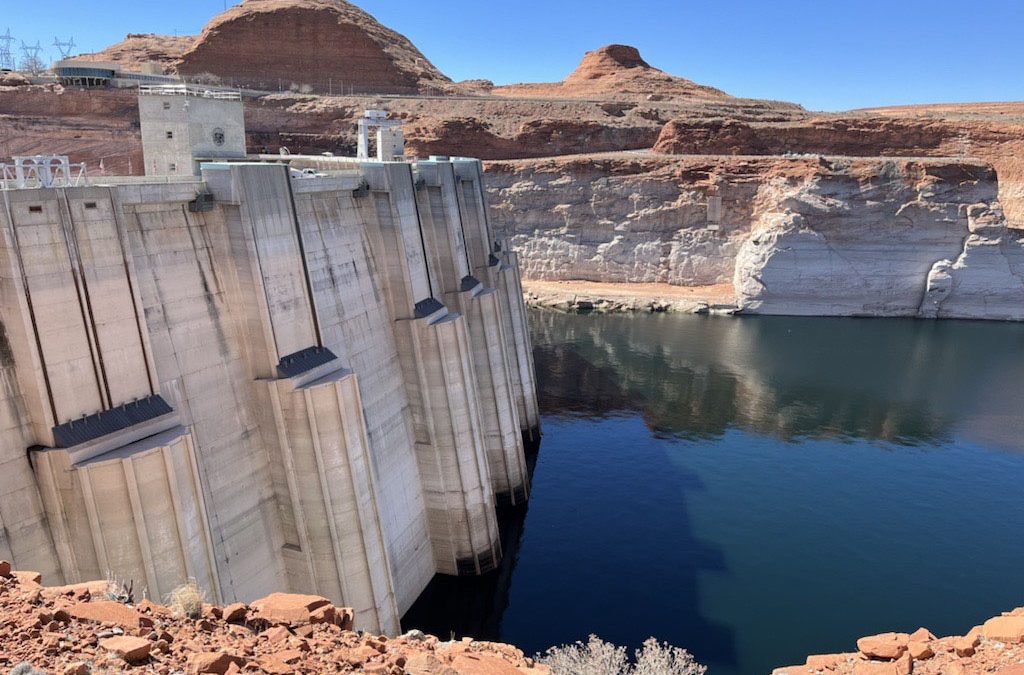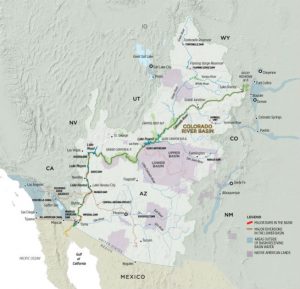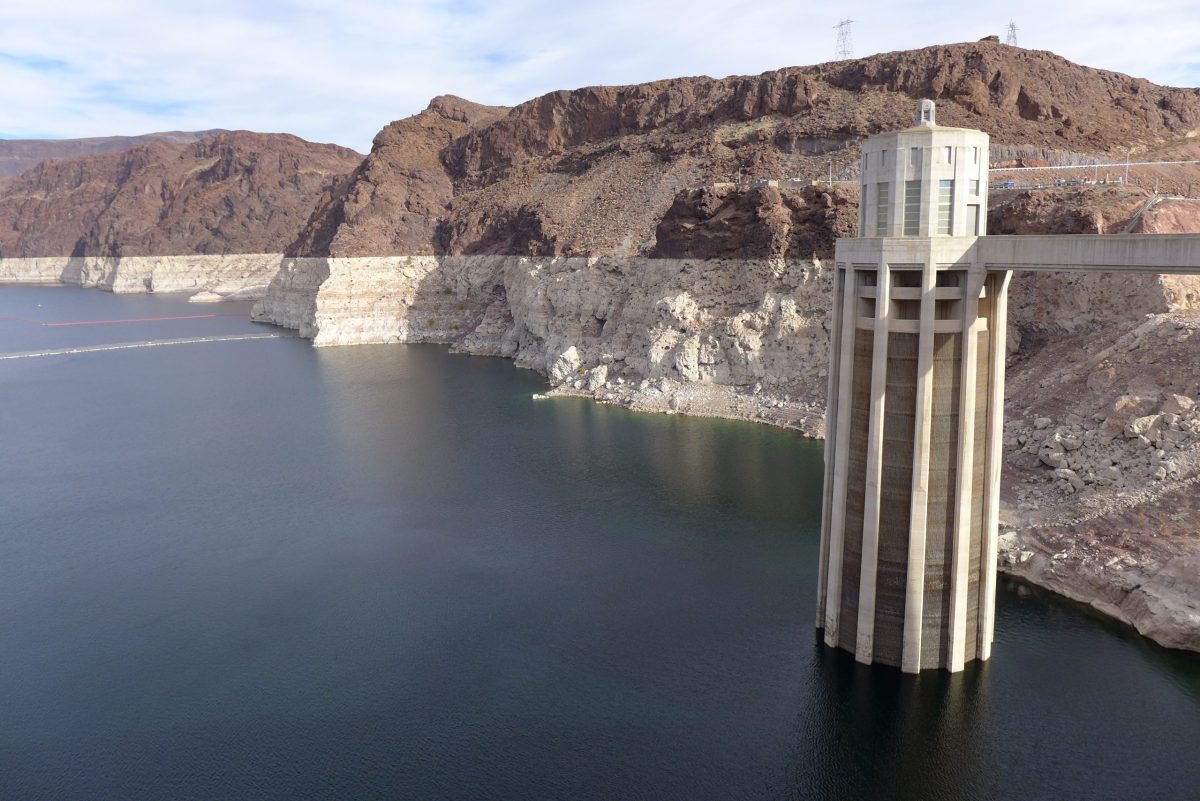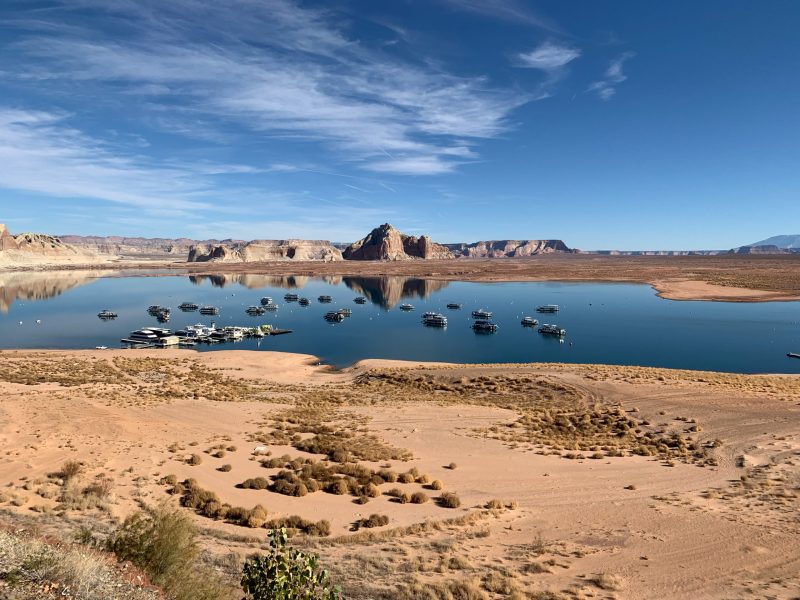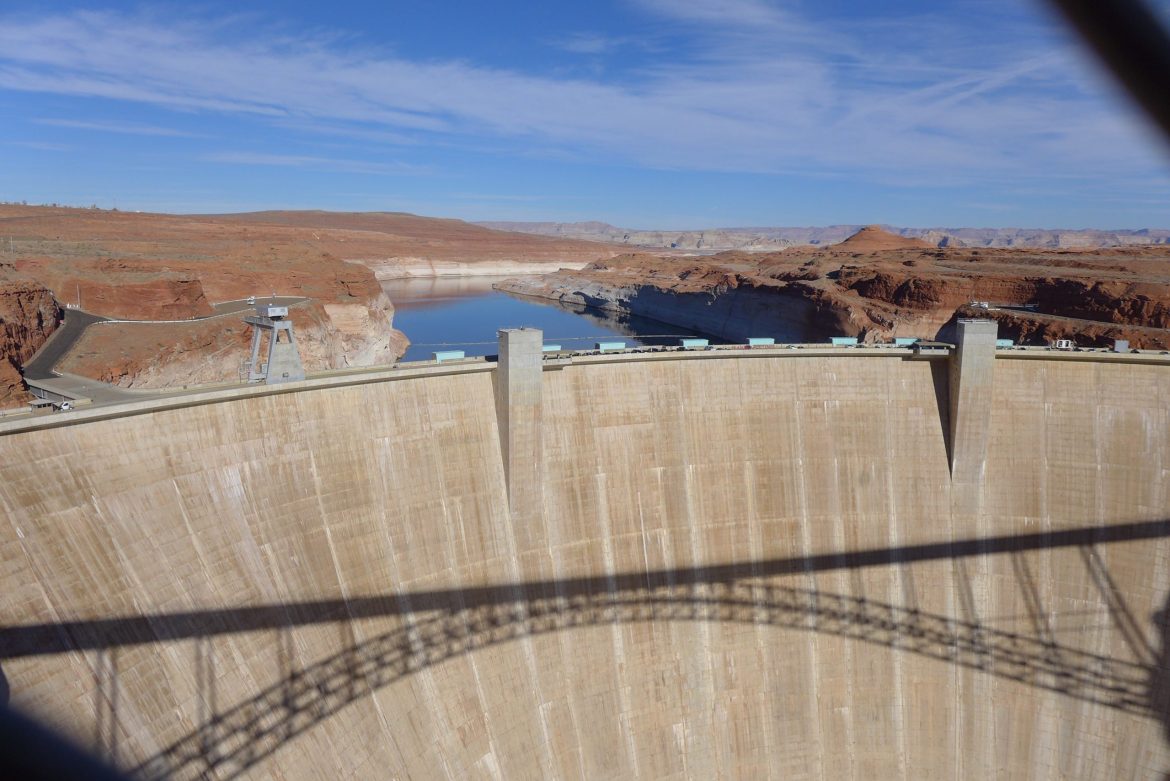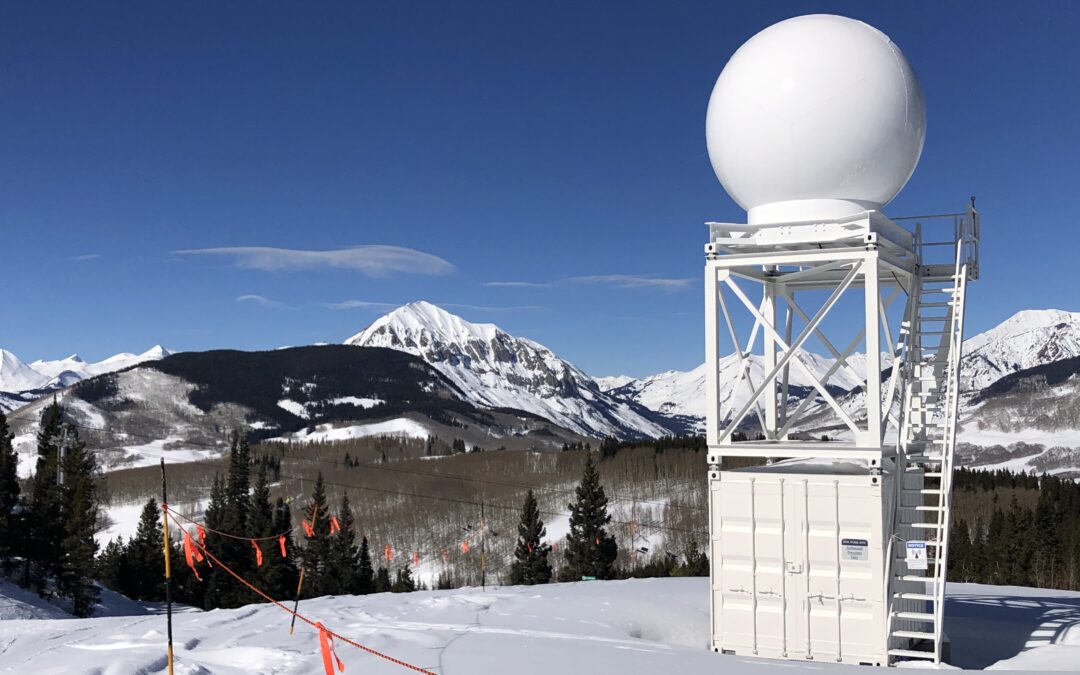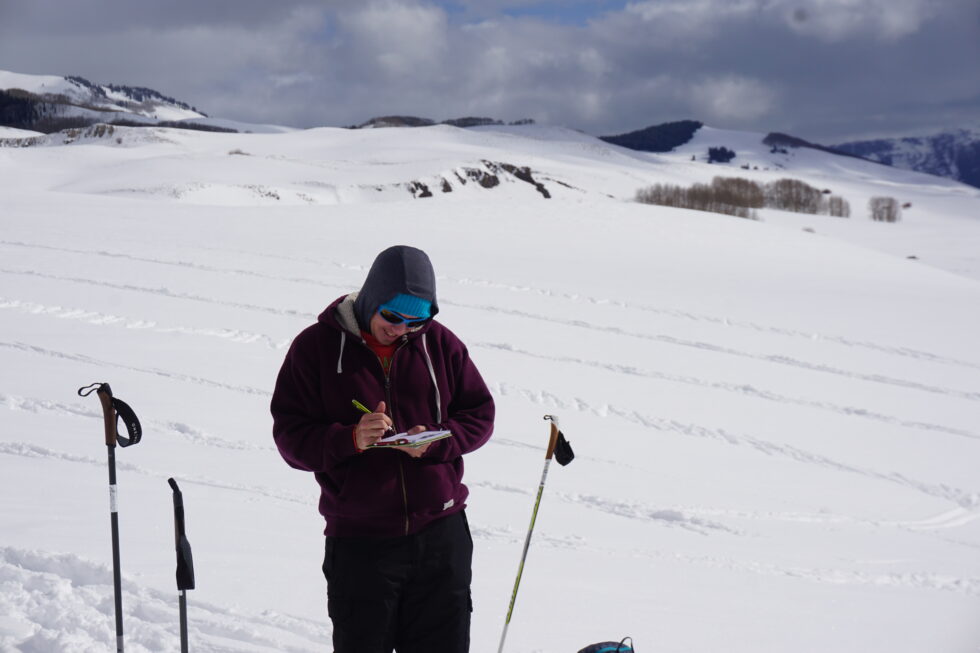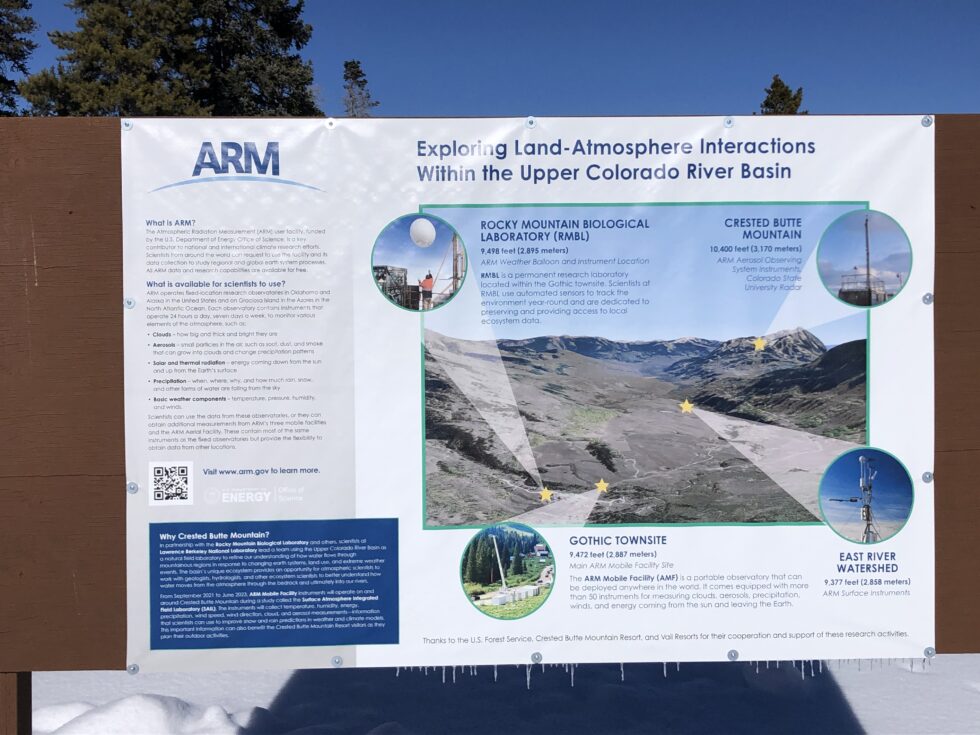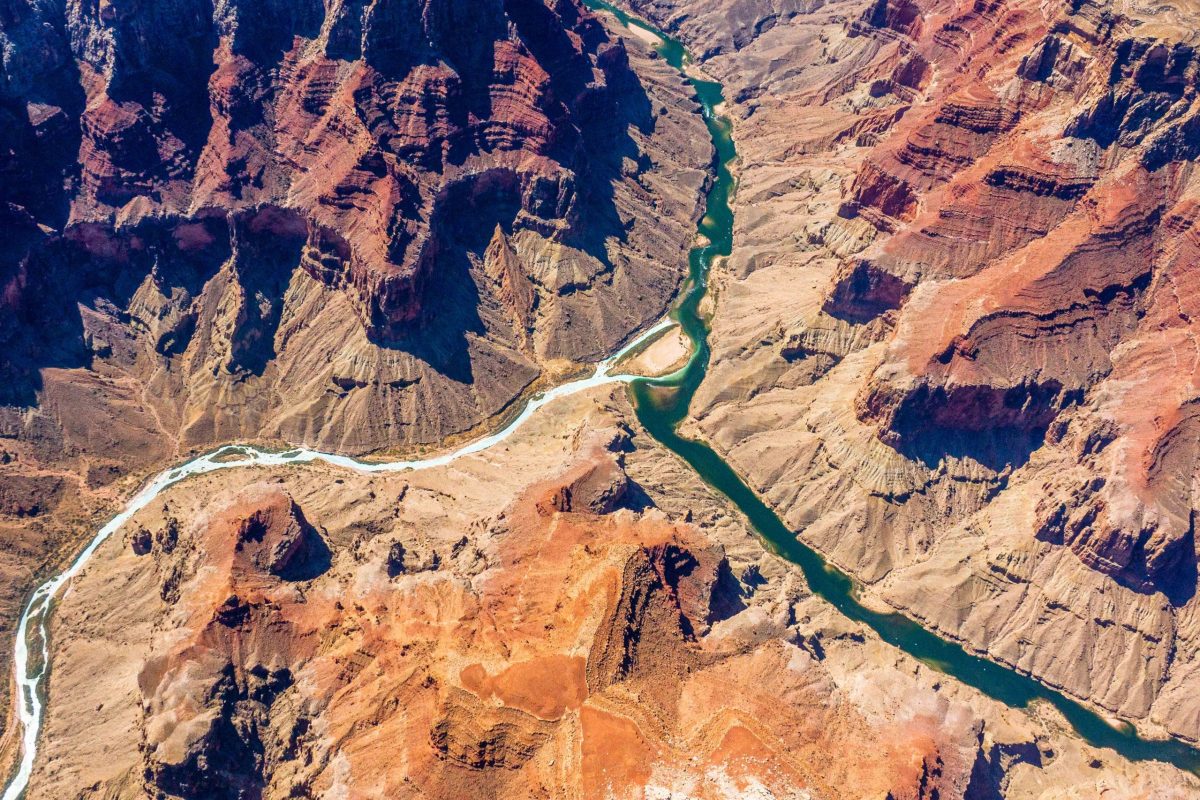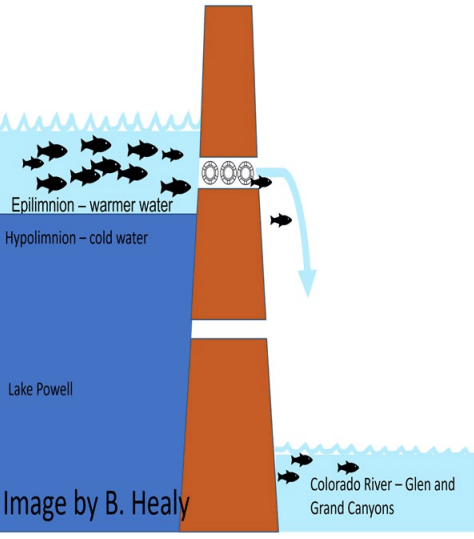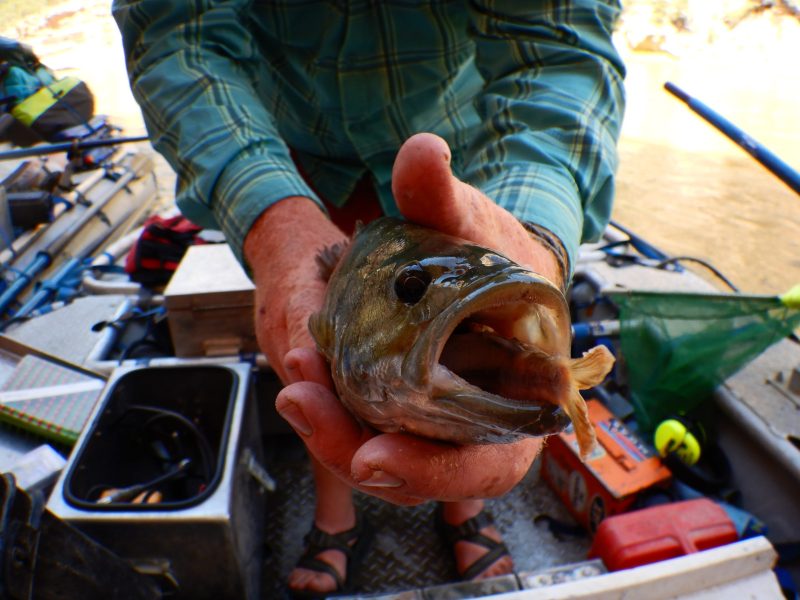
The Bureau of Reclamation last week revised its data on the amount of water stored in Lake Powell, with a new, lower tally taking into account a 4% drop in the reservoir’s total available capacity between 1986 and 2018 due to sedimentation.
Bureau data on the reservoir’s water-storage volume showed a loss of 443,000 acre-feet between June 30 and July 1 — a 6% drop in storage from 6.87 million acre-feet (which is 28.28% of live storage based on 1986 data) to 6.43 million (26.46% of full).
The cause was a recalculation of water stored based on a Bureau of Reclamation and U.S.Geological Survey study released in March — the first such analysis in more than 30 years — about Lake Powell’s loss of storage capacity due to the amount of sediment that the Colorado River and other tributaries deposit into the reservoir. The study was based on data about sediment in the lake collected in 2017 and 2018.
“After inputting the new data on July 1, 2022, storage values at the current elevation were updated, resulting in a decrease of 443,000 acre-feet,“ bureau officials wrote in an email.
The Bureau of Reclamation has performed two prior sediment surveys: pre-impoundment (before the construction of the dam — up to 1963) and in 1986.
Storage capacity figures prior to the release of the report in March had been based on 1986 data, Casey Root, a hydrologist for the U.S. Geological Survey’s Utah Water Science Center, said in an email.
The new data will be included in the upcoming July 24-Month Study, scheduled to be released in mid-July, which forecasts the reservoir’s volume and surface elevation, and in any subsequent operational projections.
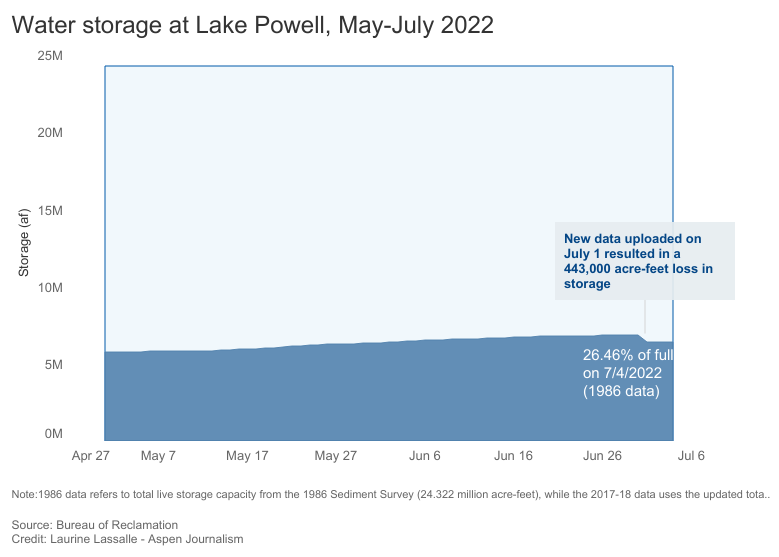
Slackwater delta
“Like most reservoirs, Lake Powell loses storage capacity as a result of sedimentation from its source rivers,” said Root, who worked on the most recent USGS and Bureau of Reclamation study.
The paper explained that Lake Powell has continuously trapped sediment — including silt, sand and mud — from the Colorado and San Juan rivers since the Glen Canyon Dam impounded the rivers in 1963. The meeting of the free-flowing rivers carrying sediment with the slack water of the reservoir creates a delta, where the sediment falls to the lake’s bottom.
Root explained that the delta regions are located at the furthest extents of Lake Powell and that these areas typically contain the most sediment.
“Sediment isn’t deposited uniformly across the reservoir but rather far from the dam,” he said. “Over time, these deposits can laterally build toward the dam.”
Since it began filling in 1963, the reservoir has lost on average about 33,270 acre-feet in storage capacity each year, according to the study.
“Lake Powell is unique in that it is a long, narrow, steep-walled canyon, so the deltas have historically been about 150 miles away from Glen Canyon Dam,” Root said. “Simply being far away from the deltas can help buffer the dam and its operations against sedimentation.”
Due to this sedimentation, Lake Powell’s storage capacity at full pool decreased by 6.79% from 1963 to 2018, or a 1.83 million acre-foot loss.
Between 1986 and 2018, it dropped by 4%, which represents a loss of 1.05 million acre-feet in 32 years.

Sedimentation and the limits on useful life
While sedimentation is shrinking Lake Powell’s storage capacity, the 2022 study shows that storage loss has remained stable since 1963.
From 1963 to 1986, Lake Powell had lost on average 33,390 acre-feet in storage capacity each year; from 1986 through 2018, 33,180 acre-feet per year was lost, according to the report.
“As a first-order approximation, the average annual storage loss in Lake Powell indicates the remaining volume at full pool will be filled in approximately 750 years. However, the reservoir fills laterally, from the deltas toward Glen Canyon Dam, and would likely cease to be useful sooner,” the study pointed out.
Several other variables — including sedimentation rates and climate sensitivity among others — need to be taken into consideration to better evaluate the remaining useful life of the reservoir.
Researchers are currently working on the July 24-Month Study, which should offer further insights on the reservoir’s future operations when it gets published later this month. Lake Powell dropped to its lowest level since filling prior to this spring’s runoff, which has been increasing reservoir levels since late April. At its lowest point, Lake Powell’s surface elevation at the Glen Canyon Dam dropped to 3,522.24 feet above sea level on April 22, just 32 feet above the minimum level required to generate hydropower. Water volume at the reservoir on that day was listed as being at 23.68% of full pool.
This story ran in the Vail Daily, The Aspen Times, the Glenwood Springs Post-Independent Steamboat Pilot & Today and Craig Press.
The Water Desk’s mission is to increase the volume, depth and power of journalism connected to Western water issues. We’re an initiative of the Center for Environmental Journalism at the University of Colorado Boulder. The Water Desk launched in April 2019 with support from the Walton Family Foundation. We maintain a strict editorial firewall between our funders and our journalism.





